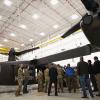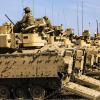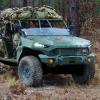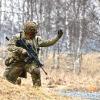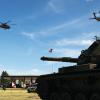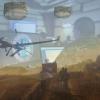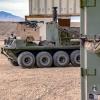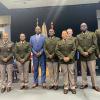The Army’s Future Vertical Lift aircraft will provide the joint force with flexible, agile and decisive options based on next-generation technological advancements as well as advanced tactics and teaming. Future Vertical Lift will feature transformational speed, range and endurance to generate strategic and operational advantages, operate from a place of relative sanctuary and rapidly deliver combat power to the tactical edge of the battlefield.
Next-generation technological advancements and Future Vertical Lift’s modular open systems approach set the conditions for interoperability and...


